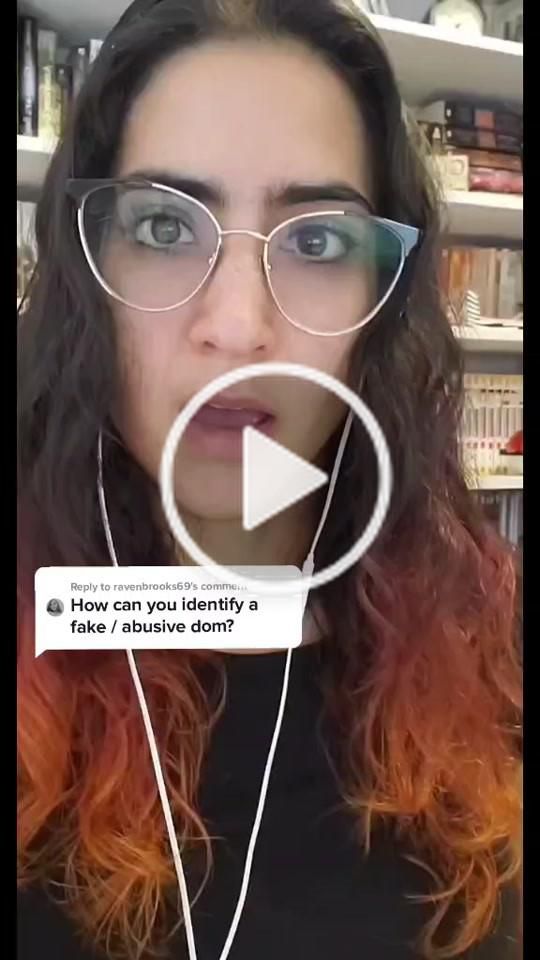
Image via Unsplash
Most people have a cringe-worthy memory from health class.
Whether it was watching a 60-year-old woman unroll a condom onto a phallic object or being the one kid who asked the “inappropriate” question the teacher was too uncomfortable to answer, sixth grade Sex Ed is a subject many want to avoid revisiting.
Despite all the embarrassing moments, young people have been, and will continue to be, curious about sex. Thanks to the Internet, they know what they’re learning at school isn’t the full picture.
In multiple surveys about Sex Ed, young people express a desire for more education, up-to-date information on healthy relationships, LGBTQ+ content, and fun, positive ways to learn about pleasure and intimacy. In other words, they want material that goes beyond what they learn in school or what they feel comfortable discussing with their parents. Ideally, they want to learn it from confident teachers who are comfortable with the subject matter.
Sexual health curriculums and their implementation vary in quality, not only from school to school, but from teacher to teacher. Some schools follow an abstinence-only mandate, and others are more comprehensive and inclusive of LGBTQ+ issues and internet safety. While most schools falls somewhere in between, most curriculums still teach through a heteronormative lens and do not include the full scope of sex education.
Sex Talk on TikTok
When teens find their parents unable or unwilling to discuss nuanced topics related to sex, they often turn tothe Internetand, more specifically, pornography and chat forums.
While those online sources are less than ideal, social media can be an excellent tool for supplementary sex education. The rise in popularity of TikTok and Instagram has lead many sex educators (including myself) and healthcare professionals to create easily fun, digestible information on a variety of topics, all while promoting their services and businesses.
@zesty_ginger It took us 15 years to guess our way there, now we help others #tiktokdoc#hormones#endo#pcos#pms#fatigue#hairloss#infertility#MicellarRewind♬ If you use my sound plz follow – Elliott
These platforms have become excellent supplementary tools that fill gaps left by school and parents. They broaden teen and young adults’ access to a wide range of content on healthy relationships, anatomy, LGBTQ+ issues, safer sex, and pleasure, to name a few.
The educators on TikTok may not be every parent’s dream, but their discussions around feelings and consent are certainly far more comprehensive and healthy than the rough sex and lack of consent that come standard in porn.
For example, the medical professionals educating on polycystic ovarian syndrome and vaginal health on TikTok go into far more depth than the 7th grade teacher drawing a uterus on a chalk board.
@chloeexplains Reply to @toemaker COMMON STDS PT. 1 (info from Healthline) @healthline #fyp #foryou #tips #advice♬ Okinawa Pier – FloFilz
As a sex educator and community organizer, I, myself, create content on consent, safer sex practices, and perspectives on alternative lifestyles. These types of conversations, as well as discussions around topics such as determining if you want to wait or choose to have sex, are not ones that most young people feel comfortable having with a Physical Education teacher, but hearing about them from a fun 30-second video while swiping through the For You Page can give them the language to have those conversations on their own. Unless, of course, that language is censored.
 Rae S (@wifebaerae) on TikTokwww.tiktok.com
Rae S (@wifebaerae) on TikTokwww.tiktok.com
New Guidelines
In the name of ending sexual exploitation, TikTok and Instagram updated their community standards and guidelines on December 15, 2020. As a result of the new guidelines, it’s much harder for sex educators to use these platforms to, well, educate.
TikTok very specifically prohibits content that “depicts, promotes, or glorifies sexual solicitation, including offering or asking for sexual partners, sexual chats or imagery, sexual services, premium sexual content, or sexcamming.” This guideline is a direct response to the recent passing of the Earn It Act in the United States. This act requires website owners to earn back legal protections by providing proof that they are endeavoring to end trafficking and does not differentiate between consensual sex work and sex trafficking.
The new guidelines also prohibit nudity, any content that explicitly or implicitly depicts sexual activities (including kissing), content around sexual arousal, sexual fetishes, and even content that includes sexually explicit language.
Instagram, on the other hand, has kept their guidelines vague. It bans inappropriate imagery, but allows nudity in photos of paintings or sculptures. At first, this may seem reasonable. After all, these apps aren’t intended for explicit adult material, since they’re so easily accessible by teens and tweens.
Double Standards
Despite the disparity in wording from platform to platform, partial nudity is censored seemingly arbitrarily on both (for example, women in bikinis are often censored, but not shirtless men).
These stricter guidelines also restrict many of the topics that are covered by medical professionals and sex educators. For example, bots and admins are frequently unable to distinguish between sexual content for education and sexual content for sexual gratification. I have seen videos discussing realistic anatomical proportions of secondary sex characteristics removed for “inappropriate adult content.”
Another double standard: In general, celebrities remain unaffected by these new rules. Miley Cyrus recently posted sexually suggestive content wearing leather harnesses and other kink apparel, and her account has not been affected, but fully dressed kink educators teaching rope safety had their content unceremoniously removed.
The specific inclusion of kink and fetishes in TikTok’s guidelines can seem reasonable, as the notion of young people stumbling across fetish content online will make most people uncomfortable. However, what became known as #Kinktok was actually one of the best places to learn about safe exploration. It explained relationship violence, taught effective communication methods, and emphasized consent.
 Rae S (@wifebaerae) on TikTokwww.tiktok.com
Rae S (@wifebaerae) on TikTokwww.tiktok.com
@xfinalgambitx The Gorget/Neck weave is gonna make you feel both powerful and elegant 😊❤💛 #shibari #art #rope♬ Tasty Carrots by Shou – goalsounds
Educators Respond to New Rules
Since the updated guidelines have come into effect, many sex educators have found their accounts deleted with no notification and only reinstated after they have proven that their content is educational rather than salacious. For the content creators and educators who are still on the platforms, it’s a constant game of determining which hashtags, words and images will get you banned.
Some educators find themselves shadow-banned, where their content exists but can’t be found or searched for, but with no notification that their reach has been abruptly limited. In a world where social media is the number one marketing tool, this loss of followers and visibility directly impacts the income of sex educators. More importantly, it limits the accessibility of important safety information both on and off these platforms.
As a result, educators have to obscure their language to the point of absurdity. What previously could have been an open conversation now needs to be coded, such as discussion of the female sexual organ that exists solely for pleasure (the “c-word,” for the censors).
Often, the word “sex” itself is intentionally misspelled in hashtags and text, and each sex educator chooses different spelling — like “seks” or “seggs” — to get around the rule. How are young people supposed to find accurate information if the word itself is considered so inappropriate that it can’t even be spelled correctly?
@sunnymegatron New TT TOS effective 12/29. How will this affect #k1nktok? Censorship part 1♬ Violin – Grooving Gecko
Education Is Not Exploitation
Preventing access to information or sexual content doesn’t stop young people from seeking it out. The current system fails children, as parents are not given the tools to have complex conversations around sex. Parents are not taught when subjects need to be discussed with their kids or at what age it’s appropriate to do so, but sex educators are.
Let’s stop pretending that one month in health class prepares teens and tweens to have healthy adult relationships. If we truly want to protect children and young adults from sexual exploitation, then recognize that these censorious guidelines are ineffective and harmful. They perpetuate misinformed narratives of what exploitation looks like and how it occurs, among many other issues.
There is no proof that these stringent community guidelines end sex trafficking and exploitation, butaccess to better sexual health information does. These new rules are about appearances, not reality, and the reality is that teens need more comprehensive information.
Learning about sex is natural and healthy, and learning safer sex practices are important for everyone. TikTok and Instagram should revisit the efficacy of their guidelines, or at least make it clear that educators are not exploiting themselves or anyone else.
- Is TikTok Really the Solution to America’s Sex Ed Crisis? | Parents ›
- Dr. Jennifer Lincoln uses TikTok as her virtual sex-ed classroom ›
- The OB-GYNs & Sex Educators On TikTok Making Sex Ed Accessible ›
- How TikTok Is Revolutionizing Safe Sex Ed | Finishing School … ›
- TikTok Is Revolutionizing Sex Ed | Glamour ›














